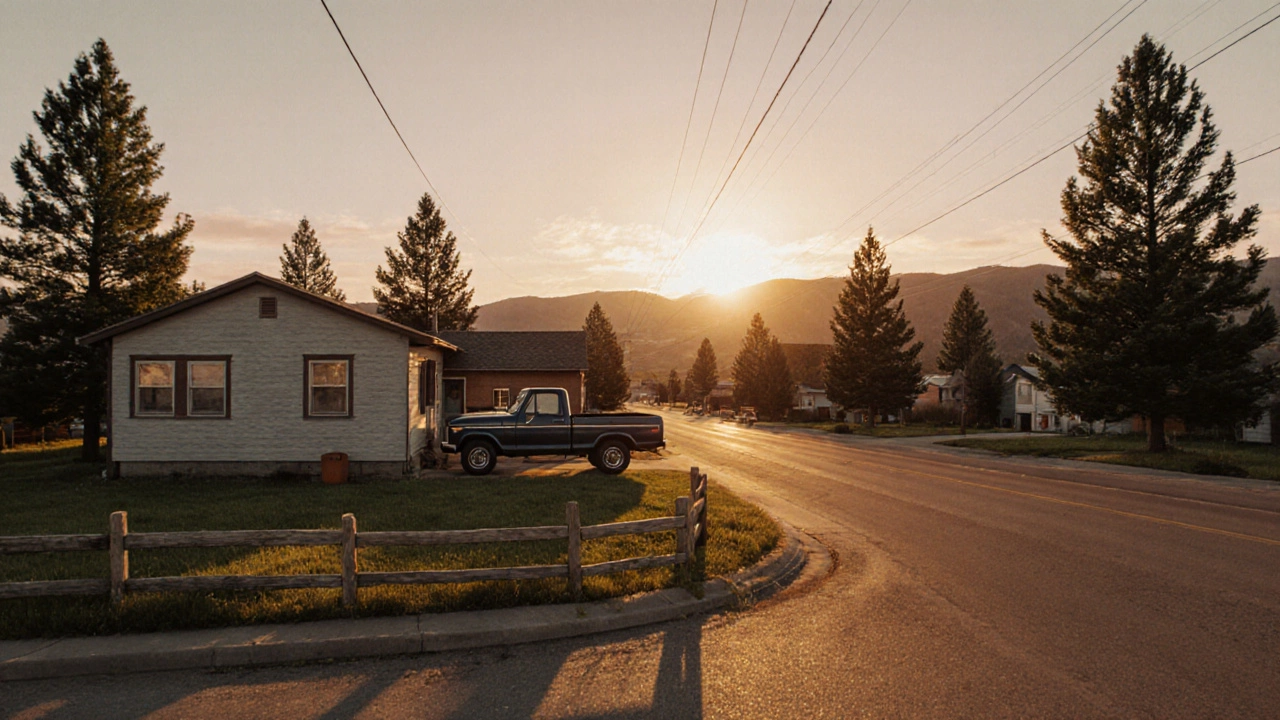When planning a Wyoming budget, you’re looking at a complete financial roadmap that covers housing, daily expenses, taxes, and lifestyle choices within Wyoming’s unique market. Also known as Wyoming cost‑of‑living plan, it helps you match income to the state's lower‑than‑average price tags while still enjoying the outdoors and wide‑open spaces. The goal is simple: make sure every dollar works hard enough to cover rent, utilities, groceries, and fun without stretching you thin. By zeroing in on the big cost drivers, you can avoid surprise bills and stay on track for savings or investments.
Understanding a cost of living, the overall amount needed to maintain a standard lifestyle in a specific area is the first step. Wyoming’s overall cost of living sits below the national average, but variations exist between cities like Cheyenne, Casper, and smaller towns such as Lusk or Riverton. Housing affordability is another major driver; a budget‑friendly town, a community where rent or mortgage payments fall well under median income levels can shave hundreds off your monthly outgo. You’ll also need to factor in Wyoming’s tax environment—no state income tax, but property taxes and sales taxes differ by county. Finally, everyday expenses like grocery prices, fuel costs, and healthcare affect the bottom line, especially if you commute to work or travel for recreation. In short, a solid Wyoming budget requires knowledge of housing costs, tax rates, and the local cost of living to balance income against inevitable expenses.
Putting theory into practice starts with a few concrete steps. First, use a rent‑or‑mortgage calculator to pinpoint the maximum you can afford based on your net pay; most financial experts recommend keeping housing costs under 30 % of income. Next, audit your regular outlays—groceries, utilities, transportation—and look for local deals or bulk‑buy programs that can lower the per‑item price. Don’t forget to check the specific property tax rate for your county; even a small difference can add up over a year. If you’re flexible about location, compare the average rent in a big city versus a nearby town that still offers essential services; the savings often outweigh the extra drive time. Finally, set aside a small emergency fund for unexpected repairs or medical bills; Wyoming weather can be harsh, and preparedness saves both money and stress. By breaking down each element—housing, taxes, daily expenses—you’ll have a clear picture of what a realistic Wyoming budget looks like and where you can tighten the belt without sacrificing quality of life.
Below you’ll find a curated collection of articles that dive deeper into each of these topics. From detailed guides on calculating your maximum rent to spot‑on breakdowns of the cheapest places to live in neighboring states, the posts give you actionable data, real‑world examples, and step‑by‑step instructions. Whether you’re a newcomer to the Equality State, a renter hunting for a budget‑friendly apartment, or a homeowner looking to trim expenses, the resources here will help you fine‑tune your Wyoming budget and make smarter financial choices.

Discover the exact salary you need to live comfortably in Wyoming in 2025, with a detailed expense breakdown, family‑size adjustments, and money‑saving tips.